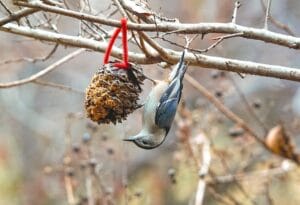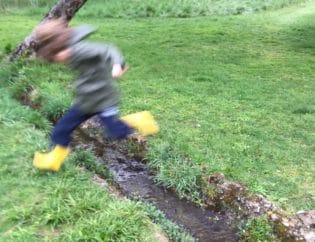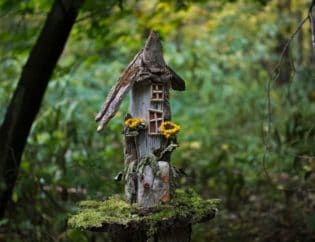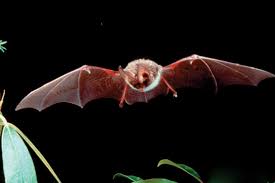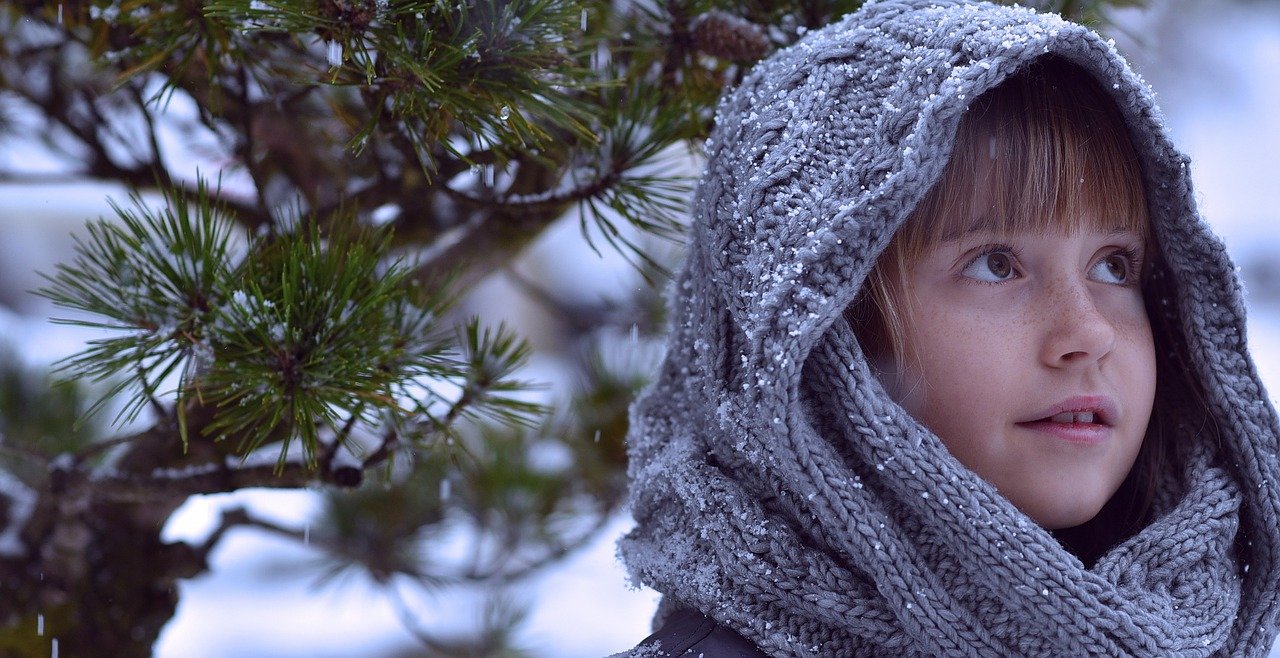
Winter has arrived!
The winter solstice is the official start of winter in the Northern Hemisphere and a perfect day to celebrate the change of seasons and to honor nature. Derived from two Latin words, ‘sol’ which means ‘sun’ and ‘sistere’ which means ‘to stand still,” the solstice is a time to pause and reflect before entering the new year. It’s an excellent tradition to share with children, especially during our modern, chaotic conventions for celebrating the holidays this time of year, which can fill our worlds with distractions and never-ending “to-do” lists.
Celebrated as the winter solstice in the Northern Hemisphere and the summer solstice in the Southern Hemisphere, it is either the shortest day of the year or the longest depending on where you live. Astronomically, the solstice marks the point in time that one of the Earth’s poles is in its maximum tilt toward the sun, while the other is at its maximum tilt away from the sun.
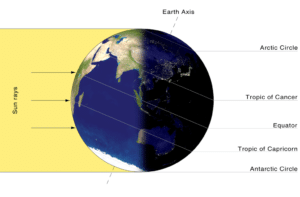
In the Northern Hemisphere, the winter solstice is when the sun’s path is at its southernmost descent in the sky and usually happens between December 21 and 22. While in the Southern Hemisphere, the South Pole is inclined about 23.4° toward the Sun, making today the longest day of the year.
Regardless of where you live, the solstice is about a change of seasons. The December Solstice marks the astronomical end of the fall and the astronomical beginning of the winter for the Northern Hemisphere, and the astronomical end of spring and the beginning of summer for the Southern Hemisphere.
Since Childhood by Nature is based in the Northern Hemisphere, we’ll be focusing on the winter solstice today (Sorry Southern Hemisphere dwellers. We love you too! But we’re really into winter right now!)
Winter solstice celebrations go back thousands of years and have traditionally been a celebration of the imminent return of the sun, marking the "turning of the Sun" and the days slowly getting longer. And while we adore winter and the lesson of dormancy, slowing down and tuning in more deeply into nature we can interact with, longer days give us more nature time.
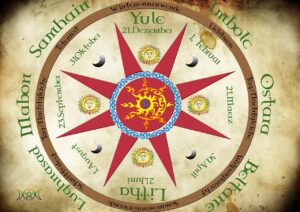
As the winter solstice marks the end of fall and beginning of winter, solstice traditions were created to celebrate the “birth of the sun.” The winter solstice is an ancient pagan holiday known for rituals and traditions that celebrate nature and setting one’s intentions for the coming season. The purpose of most Yule traditions and winter solstice celebration ideas was to release the dark in favor of the light–both literally and metaphorically–and to welcome back the sun (light) as each new day begins to grow longer and longer. There are many creative and nature-based ways to celebrate the solstice today with your family. Here are a few of our favorites that put nature high on the priority list:
Honor Seasonal Foods
Honor the season by choosing seasonal foods to eat today. If you live in the Northern Hemisphere, that could be seasonal fruits and vegetables such as beets, bok choy, broccoli, brussel sprouts, cabbage, cauliflower, citrus fruits, cranberries, dates, escarole, fennel, horseradish, kale, parsnips, pears, persimmons, pomegranate, radishes, sweet potatoes, and winter squash.
Make a Solstice Wreath
In ancient pagan cultures, evergreens were associated with protection and prosperity. You can make your own wreath of foraged greens such as winter evergreens like pine, fir, juniper, and cedar. It is a classic way to honor the season.

Burn a Yule Log
Symbolizing the return of the sun during the darkest time of year, ancient Scandinavians brought large logs, known as Yule logs, into their homes and set them on fire. Actually, whole trees were brought into the home to burn for the entire 12 days of Christmas.
You can bring this tradition into your home easily by having an indoor fire in your fireplace, outdoor firepit or by creating and burning a traditional Yule log (a very cool tradition to learn more about).
Bring in the Light
Of course, lighting candles is another traditional way to bring light to the darkest night of the year. Yule lanterns are a symbol of the light within each of us. You can simply burn candles in mason jars or make your own lanterns. If you have outdoor space, you can create a mini lantern maze for a star-gazing gathering.
Decorate an Outside Tree
In the pagan traditions, outdoor trees were decorated with hanging candles (yikes, fire hazard) and called Yule trees. The candles and any added ornaments were meant to symbolize the sun, moon, and stars, as well as remembrances of loved ones that were lost. You can honor this tradition safely and in a nature-friendly way by decorating an outdoor winter solstice tree with treats such as pine cone feeders, popcorn garland for local critters.
However you choose to celebrate the winter solstice, this is an ideal time to think about nature and celebrate the natural world.



